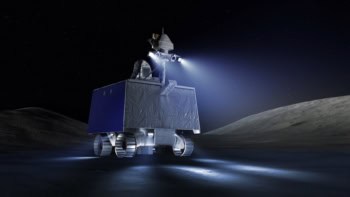
The subsurface ocean of Saturn’s moon Enceladus could be abundant in phosphorus – an element believed to be an essential ingredient for life. That is the conclusion of an international team of scientists who used a combination of simulation techniques to show that stable compounds of phosphorus are likely being released from moon’s seafloor. The predictions could help future missions to Saturn’s icy moons to better pinpoint any signatures of life.
The search for extraterrestrial life in the solar system is often guided by the presence of liquid water. Beyond Earth, oceans are known to exist beneath the icy surfaces of several moons of Jupiter and Saturn – all of which are warmed by the tidal forces imparted by those giant planets. One contender for life is Saturn’s sixth largest moon, Enceladus.
Although small (500 km diameter), this moon is famous for the water-rich plumes that erupt through cracks in its icy crust. The plumes were discovered by NASA’s Cassini spacecraft. During several flybys between 2005 and 2015, Cassini flew straight through these plumes, getting a glimpse of the chemical compounds that exist deep within Enceladus’ ocean.
Essential chemicals
The water Cassini examined contained several chemicals that astrobiologists consider essential building blocks of life: including carbon, ammonia and hydrogen sulphide. However, one element that escaped detection was phosphorus – which is a key ingredient of structures including DNA, cell membranes, bones and teeth. While a lack of phosphorus would throw Enceladus’ habitability into doubt, Cassini’s brief observations were far from exhaustive.

Cassini’s grand finale
In this latest study, a team led by Jihua Hao at the University of Science and Technology of China and Christopher Glein at the Southwest Research Institute in the US used geochemical modelling techniques to obtain an estimate of the moon’s phosphorous abundance. Firstly, they used thermodynamic modelling to evaluate the stabilities of different forms of dissolved phosphorus – varying factors including the temperature and pH of the ocean.
Building on these insights, they next used kinetic modelling to examine the dissolution of stable phosphate minerals through Enceladus’ ocean. Over short geological timescales, these simulations showed that phosphorus could be rapidly released through the weathering of the moon’s rocky seafloor. In turn, this is expected to produce phosphorus concentrations close to, or possibly even exceeding the levels present in seawater on Earth.
Such a high abundance would mean that life in Enceladus’ liquid ocean would not be constrained by a lack of phosphorus – further strengthening the possibility that life may have emerged beneath the small moon’s icy surface. These predictions will have to be confirmed by future missions to Saturn, but if we do send probes to Enceladus, the team’s results will provide valuable guidance for these missions – helping astronomers to examine the moon’s dramatic plumes in unprecedented detail.
The research is described in Proceedings of the National Academy of Sciences.



